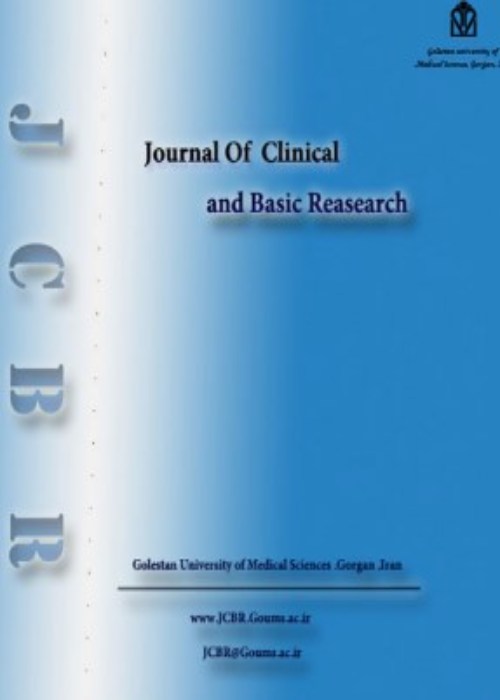Incidence of ventilator-associated pneumonia, microbiology profile, and patient outcomes in a pediatric intensive care unit
Ventilator-associated pneumonia (VAP) is defined as nosocomial pneumonia that develops in patients who have been on mechanical ventilation for more than 48 hours. This study aimed to determine the bacteriological profile of VAP in the pediatric intensive care unit (PICU) as well as patient outcomes in a hospital in India.
The study included 190 children (99 males and 91 females) aged 1 month to 12 years who were either manually or mechanically ventilated in a PICU. Clinical characteristics, microbiological profile, intubation details, complications, and outcomes were recorded. Blood and endotracheal aspirate were collected from VAP suspects and semi-quantitatively processed using standard microbiological techniques.
Septic shock, bronchopneumonia, acute encephalopathy, acute central nervous system infection, congenital heart disease, and snake envenomation poisoning were diagnosed in 57, 41, 23, 15, 11, and 7 cases, respectively. The most common neurological causes were status epilepticus, neuromuscular diseases, and raised intracranial pressure. Nosocomial pneumonia (16%) and air leak (8.9%) were the most common complications in ventilated children. There was a 10% mortality rate among children in PICU. There were 100 VAP suspects, with 33 developing VAP. There were 11 children with early-onset VAP (<4 days) and 22 children with late-onset VAP (>4 days). Pathogenic microorganisms were isolated from 31 intubated children who were suspected of having VAP. Klebsiella pneumoniae was the predominant isolate from both early-onset and late-onset VAP cases. The majority of deaths were related to infection with Acinetobacter baumannii. Gram-negative isolates from early-onset VAP showed sensitivity to meropenem (87.5%), piperacillin-tazobactam (75%), and ciprofloxacin (62.5%). Enterobacteriaceae isolates from late-onset VAP showed susceptibility to meropenem (82%) and piperacillin-tazobactam (27%).
Infection with A. baumannii may be a risk factor for death in children with VAP. The most common pathogens isolated from children with VAP are K. pneumoniae and A. baumannii.
- حق عضویت دریافتی صرف حمایت از نشریات عضو و نگهداری، تکمیل و توسعه مگیران میشود.
- پرداخت حق اشتراک و دانلود مقالات اجازه بازنشر آن در سایر رسانههای چاپی و دیجیتال را به کاربر نمیدهد.


